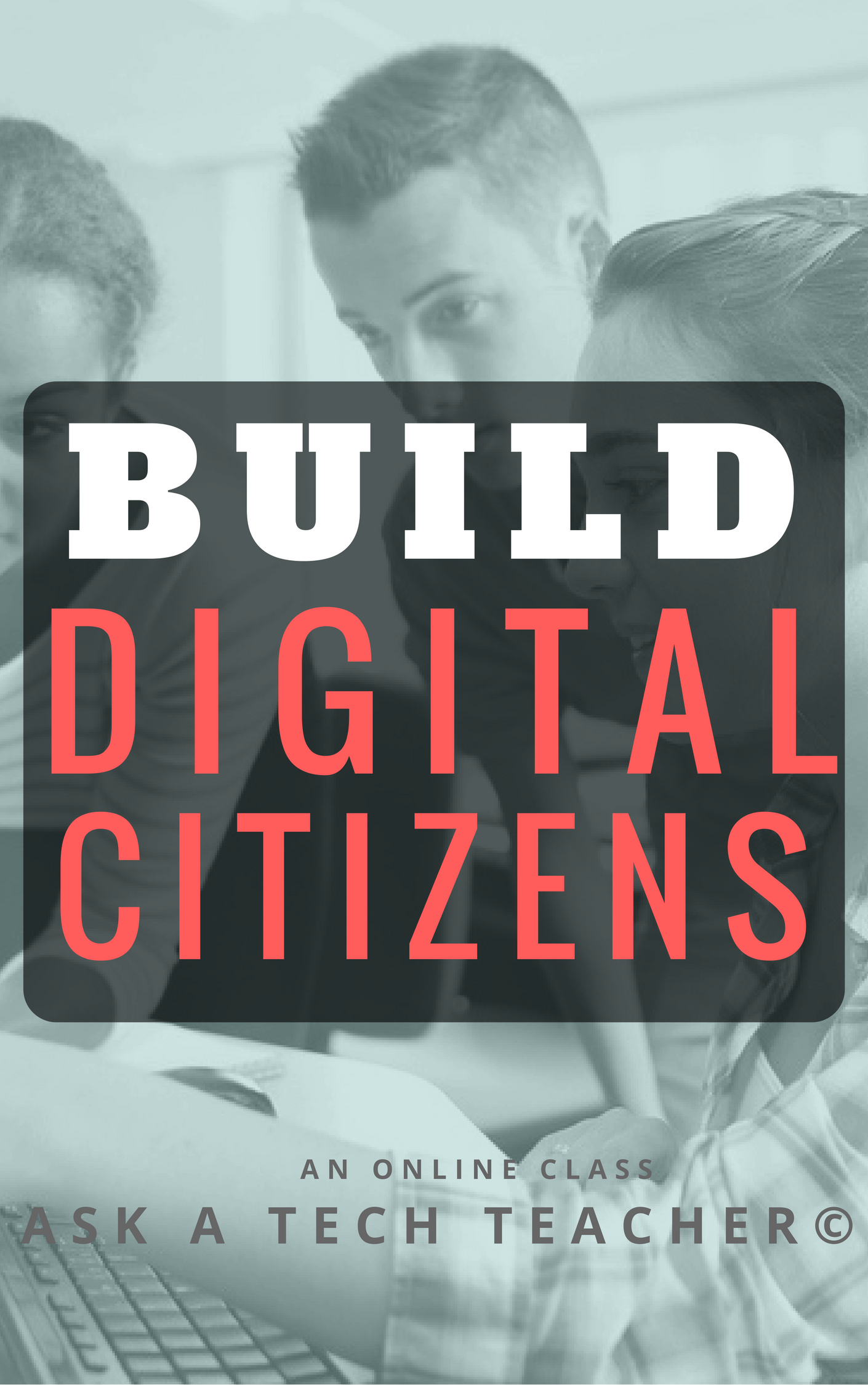 Ask a Tech Teacher contributor, Cassie Phillips, is a consultant and internet security expert. She is passionate about sharing information on protecting children from cyberattacks making policy to improve school systems on this topic. You’ll enjoy her latest article on how to address cyberbullying with your students:
Ask a Tech Teacher contributor, Cassie Phillips, is a consultant and internet security expert. She is passionate about sharing information on protecting children from cyberattacks making policy to improve school systems on this topic. You’ll enjoy her latest article on how to address cyberbullying with your students:
Cyberbullying refers to a situation in which a teen, preteen or child is embarrassed, humiliated, harassed, threatened, tormented or otherwise targeted by another on interactive technology such as smartphones or social media. If your instincts tell you that cyberbullying is going on, it’s best to investigate the situation no matter what it is. Cyberbullying and aggression in schools can only promote a culture of violence and negatively impact education.
School systems and the government have put in place policies and legislation to deal with cyberbullying in schools. Out of all the students that report being victims of cyberbullying, 23 percent will turn to a teacher as their first contact person. Therefore, the teacher’s role in cyberbullying is imperative as a facilitator of communication between the parent and the school. They play a central role in prevention as they are knowledgeable about what is going on in the classroom. They can give recommendations for online safety that are tailored to a given situation.
How to Recognize Cyberbullying
A lot of innocent teasing happens in interactive media. Therefore, it is important that as a teacher that you know how to determine what constitutes bullying. Teasing becomes bullying when a minor repeatedly makes fun, mistreats or harasses another.
The following are some of the indicators you should look out for to determine if a child is a victim of cyberbullying:
- Suicidal thoughts
- Personality changes such as the child becoming angry, sad, anxious, or withdrawn
- Sudden deterioration in physical health
- Student appears distressed or lonely
- Chronic unexplained incidences of absenteeism
- Enhanced negative self-perception
- Sudden change in friends
- Lack of focus and excessive sleepiness
- Reduced interaction with classmates and friends
- Declining academic performance
- Shunning by peers
If a student is a target of cyberbullying, it is critical that they do not respond to any posts or messages regardless of how untrue or hurtful they may be. Remember a bully wants to provoke a reaction. Through a response the cyberbullies are given satisfaction which makes the situation worse.
Students should not seek revenge as they could land in serious legal trouble or provoke the bully further. It lowers the discourse and doesn’t solve the problem.
Better options when dealing with a cyberbully include:
- Saving any screenshots and abusive messages. Use them to report the cyber bully to a trusted adult. Tell students to not be afraid to report, as not reporting will make the bully potentially more aggressive in their attacks.
- Cyberbullies rarely attack once, and it is more likely they will attack students over a period of time. Relentlessness is necessary in reporting the cyberbully until the attacks stop.
- Block the cyberbully’s cell phone number and email address. Delete them from your social media contacts.
- Reassure students to not blame themselves. They are not at fault. No matter what the cyberbully does or says, students should not be ashamed of who they are.
- Taking a different perspective of the situation. The bully is a frustrated and unhappy person that needs to provoke people so that they can also be miserable.
What the Teacher can do
- Ensure that the school has put in place an internet safety education program. Such a program ought to not only concern itself with the dangers of online anonymity and hackers but also teach children prevention and response mechanisms when they encounter cyberbullying. It should also teach safe and responsible interaction that adheres to ethical communication standards.
- Since most cyberbullying happens at home, the teacher should encourage and if possible, educate parents on the need to install a Virtual Private Network (VPN) on interactive devices to secure their child’s identity and to secure their private data. A VPN will make the child anonymous by encrypting all received and sent data making it impossible for the cyber bully to breach into the device to harass their peers on a deeper level.
- Maintain and cultivate open lines of communication with your students so that they should willingly come to you whenever they have any distressing experiences such as cyberbullying. You have to ensure that any victims and potential bullies know that you will intervene logically and rationally if cyberbullying were reported.
- Encourage parents to install anti-bullying apps on children’s phones. These apps will send an alert to the parent when the child gets abusive messages. They have a database of bully-related keywords that trigger an alarm when received by the child’s phone. Some even have a panic button that sends a text to law enforcement if the child receives a threatening
- Report the bully to websites and social media they are using. It is highly likely that their actions are a violation of some terms of service, which may result in the revocation of their privileges or even having charges brought against them.
Join the discussion. What measures have you put in place as a teacher to protect children from cyberbullying? Have you ever had to deal with cyberbullying? How did you make it stop? Please let your fellow readers know what you think.
Jacqui Murray has been teaching K-18 technology for 30 years. She is the editor/author of over a hundred tech ed resources including a K-12 technology curriculum, K-8 keyboard curriculum, K-8 Digital Citizenship curriculum. She is an adjunct professor in tech ed, Master Teacher, webmaster for four blogs, an Amazon Vine Voice, CSTA presentation reviewer, freelance journalist on tech ed topics, contributor to NEA Today, and author of the tech thrillers, To Hunt a Sub and Twenty-four Days. You can find her resources at Structured Learning.






































This is very interesting. Parents should work together with teachers to prevent cyberbullying.
I absolutely agree. Actually, most of education requires a partnership with parents or it just doesn’t work.